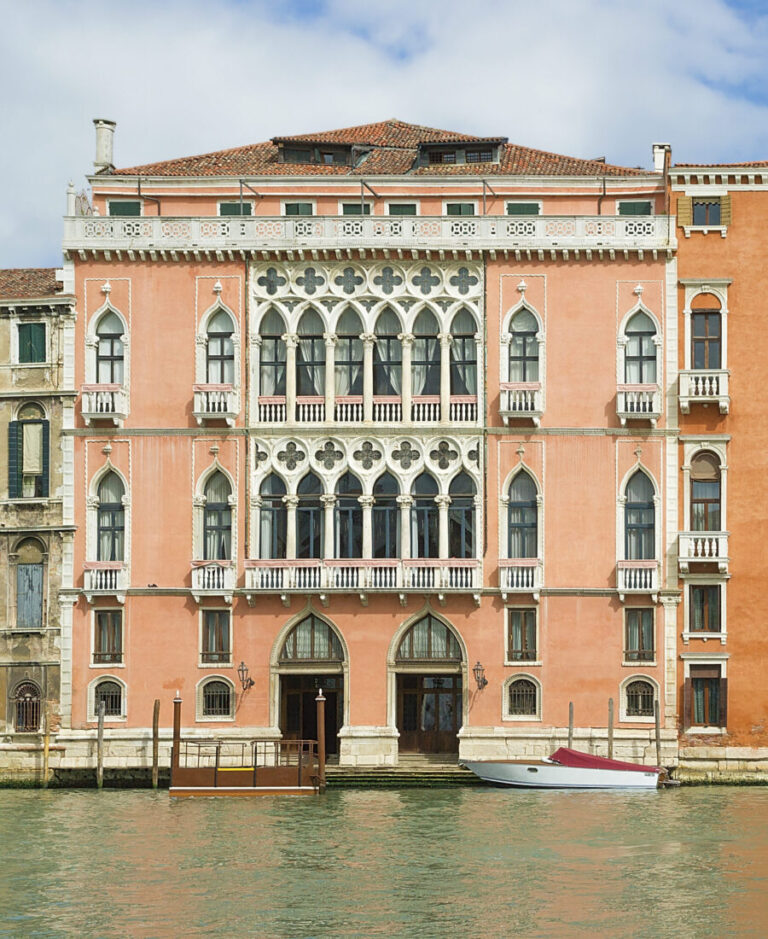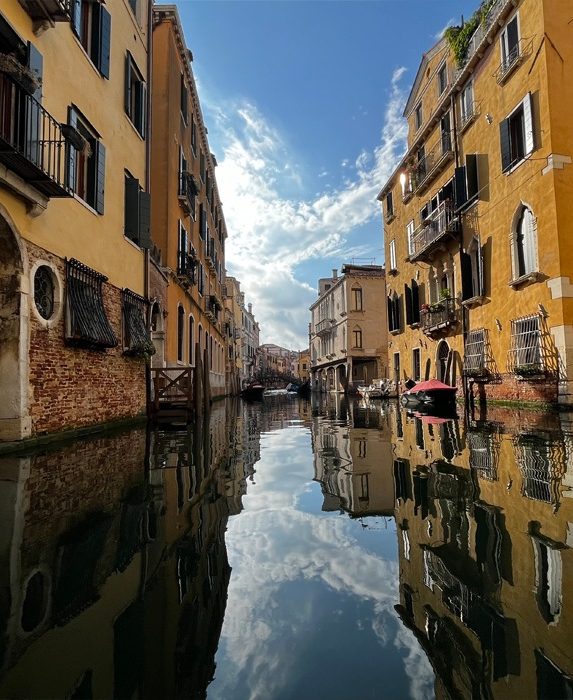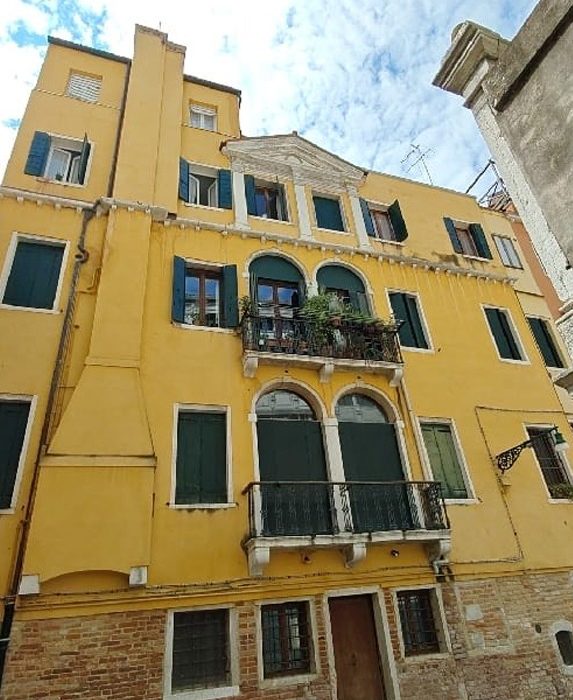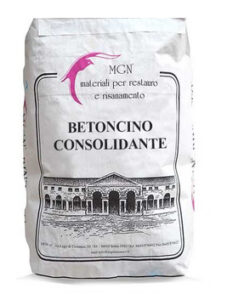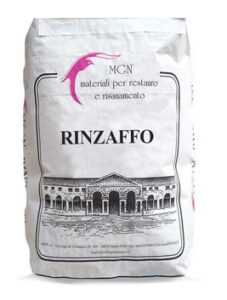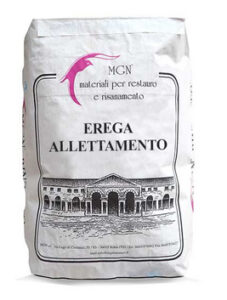PROTECT YOUR TIMBER FROM ROT IN OLD BUILDINGS
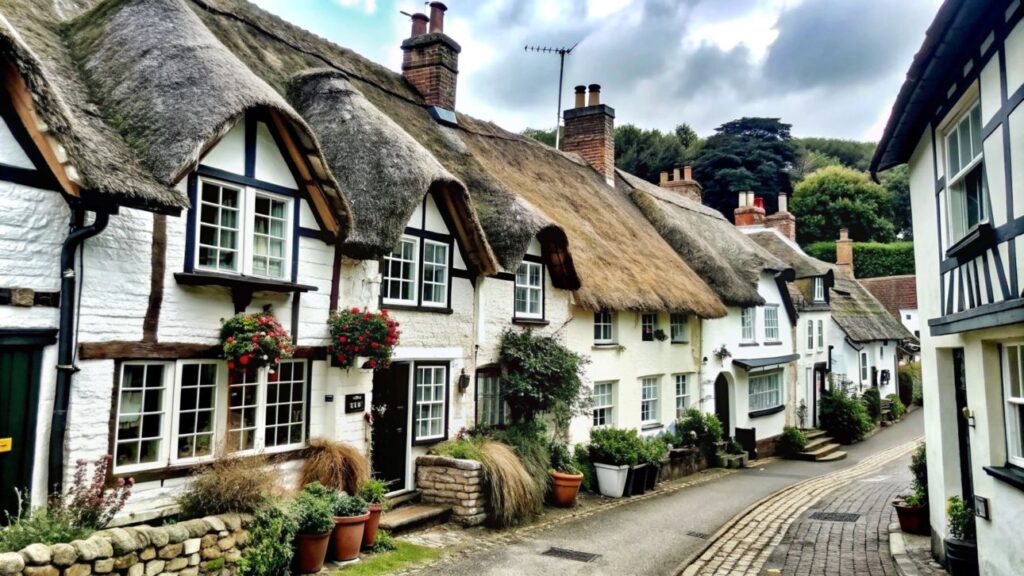
Why Cement Can Destroy Timber
And What to Use Instead
Did you know that a cement can rot a solid 6×6 inch timber sill beam to dust in just 30 to 40 years?
In this video, I’ll show you exactly how that happens — and how to avoid it.
If you’ve ever worked on an old building, this will feel familiar.
The Problem
Real example from site
While removing plaster during a renovation, we uncovered a fairly typical but frustrating issue:

Mick
Building Conservation Specialist at Core Conservation
The upper section of the wall had beautiful old lath and lime plaster. But down at the base? Backfilled entirely with cement — right up to the brick wall.
The result? The timber battens and the 6×6 sill beam behind the cement were completely rotted away. Where a large timber had sat for over 300 years, there was nothing left but a cavity filled with rotted wood dust.
Why? Because cement traps moisture and creates the exact conditions where timber starts to rot. It doesn’t matter how solid the wood is — surrounded by cement and exposed to even small amounts of damp, it doesn’t stand a chance.
Lime vs Cement — Why It Matters
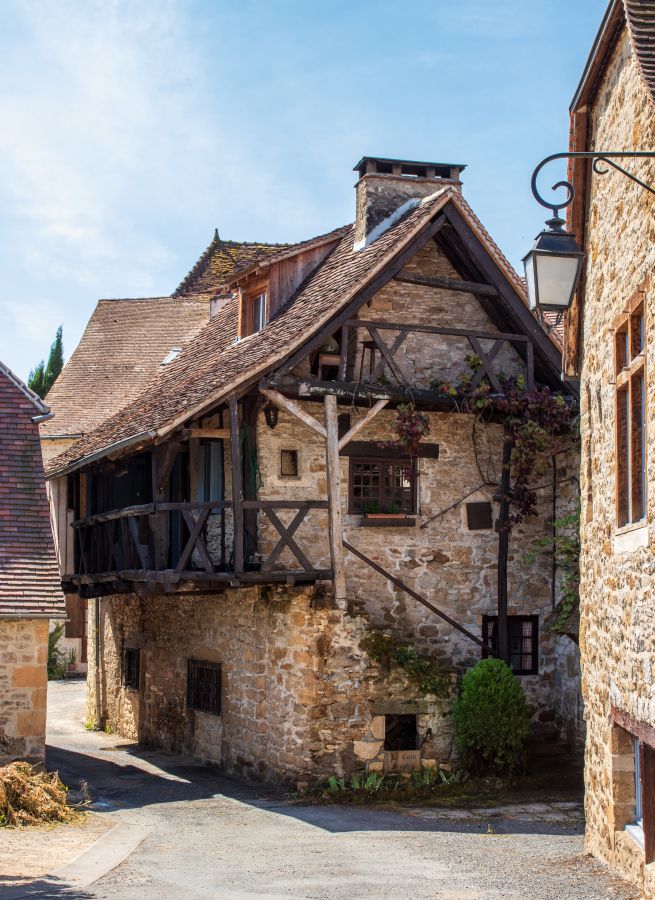
You’ve probably heard the saying: old buildings need lime, not cement.
It’s absolutely true — but let’s unpack why.
Cement causes moisture to build up in breathable materials like brick, lime mortars, sandstone, or cob. It acts like a barrier, stopping walls from “exhaling” vapour. And once trapped, that moisture doesn’t just disappear — it sits there, often unnoticed, and slowly wreaks havoc. Cement also contains salts, which absorb and hold onto water. Combine this with trapped vapour, and you get the perfect conditions for timber decay. The more moisture movement within the masonry, the greater the impact on any timber in contact with it — sill beams, floor joists, wall plates, timber battens, you name it.
Here is what’s happening:
1.
Moisture tries to escape the wall in the form of vapour.
2.
Cement blocks that vapour from leaving, causing it to accumulate and condense.
3.
Salt in the cement attracts and holds more water.
4.
Timber in direct contact with cement starts to rot, even if the wall doesn’t feel damp to the touch.
It’s slow. It’s hidden. And by the time it shows up, the damage is done.
WHAT TO USE INSTEAD OF CEMENT?
The simple answer is: use lime!
However, there are a few applications where ordinary lime mixes don’t meet expectations, and this is where we still see cement in old buildings. Here are the materials we recommend for these specialist applications, which will protect timber and maintain a breathable, healthy wall:
Betoncino Consolidante MGN
A high-compression, breathable lime mortar. Flexible, strong, and based on ancient "Roman Concrete" Ideal for seismic reinforcement and structural consolidation in heritage structures
Rinzaffo MGN
The original Roman waterproofing mortar. Breathable, salt-resistant, and perfect for damp basements, lower walls, or high-humidity zones
Erega Allettamento MGN
A breathable, high-adhesion bedding mortar. Comes in six shades to match historic masonry. Also suitable for general render or reinforcement
Final Thoughts
So here’s the takeaway:
Don’t surround timber with cement.
Even small areas can create lasting damage.
If you’re renovating or repairing an old building, breathable lime mortars not only protect your timber — they help the whole structure stay healthy for generations to come.
Because summer is around the corner here is another tip for you:
If you’re considering external rendering, you might find our article on
“The Right Render for Wet Climates – From Venice to England“
particularly useful. And as always, feel free to get in touch if you need expert advice!
Happy lime plastering!
Mick
Building Conservation Specialist at Core Conservation
